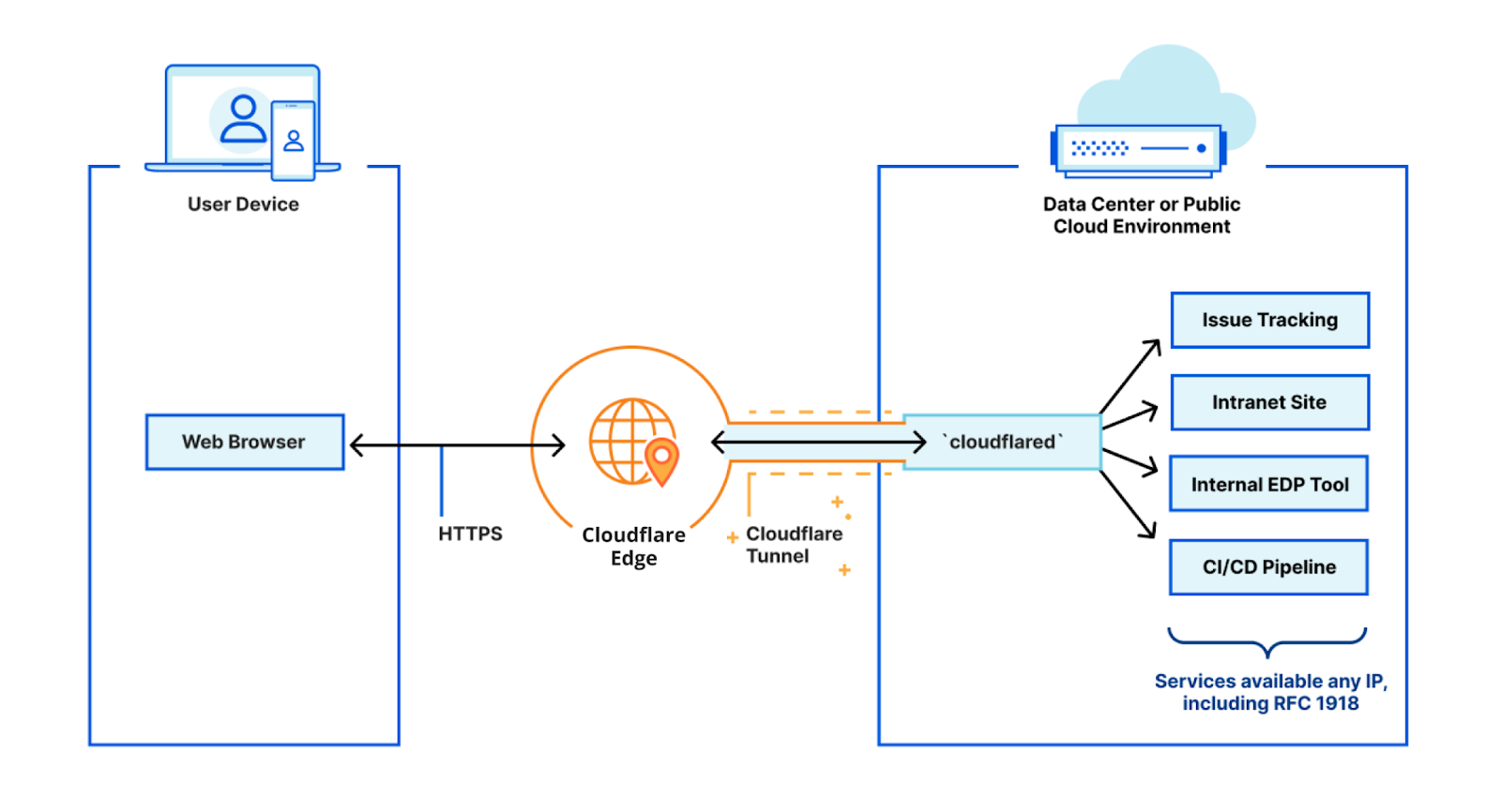Gartner says IT spending to top $4 trillion in 2022
With IT budgets growing at the fastest rate in 10 years, worldwide IT spending is projected to total $4.5 trillion in 2022, an increase of 5.5% from 2021, according to the latest Gartner forecasts.All IT spending segments—from data-center systems to communications services—are forecast to grow next year, according to Gartner. [Get regularly scheduled insights by signing up for Network World newsletters.] Enterprise software is likely to have the highest growth in 2022 at 11.5%, driven by infrastructure software spending. Global spending on devices grew over 15% as remote work, telehealth and remote learning took hold, and Gartner expects 2022 will continue that growth as enterprises upgrade devices and/or invest in multiple devices to support the hybrid work setting. “Enterprises will increasingly build new technologies and software, rather than buy and implement them, leading to overall slower spending levels in 2022 compared to 2021,” said John-David Lovelock, distinguished research vice president at Gartner.To read this article in full, please click here






